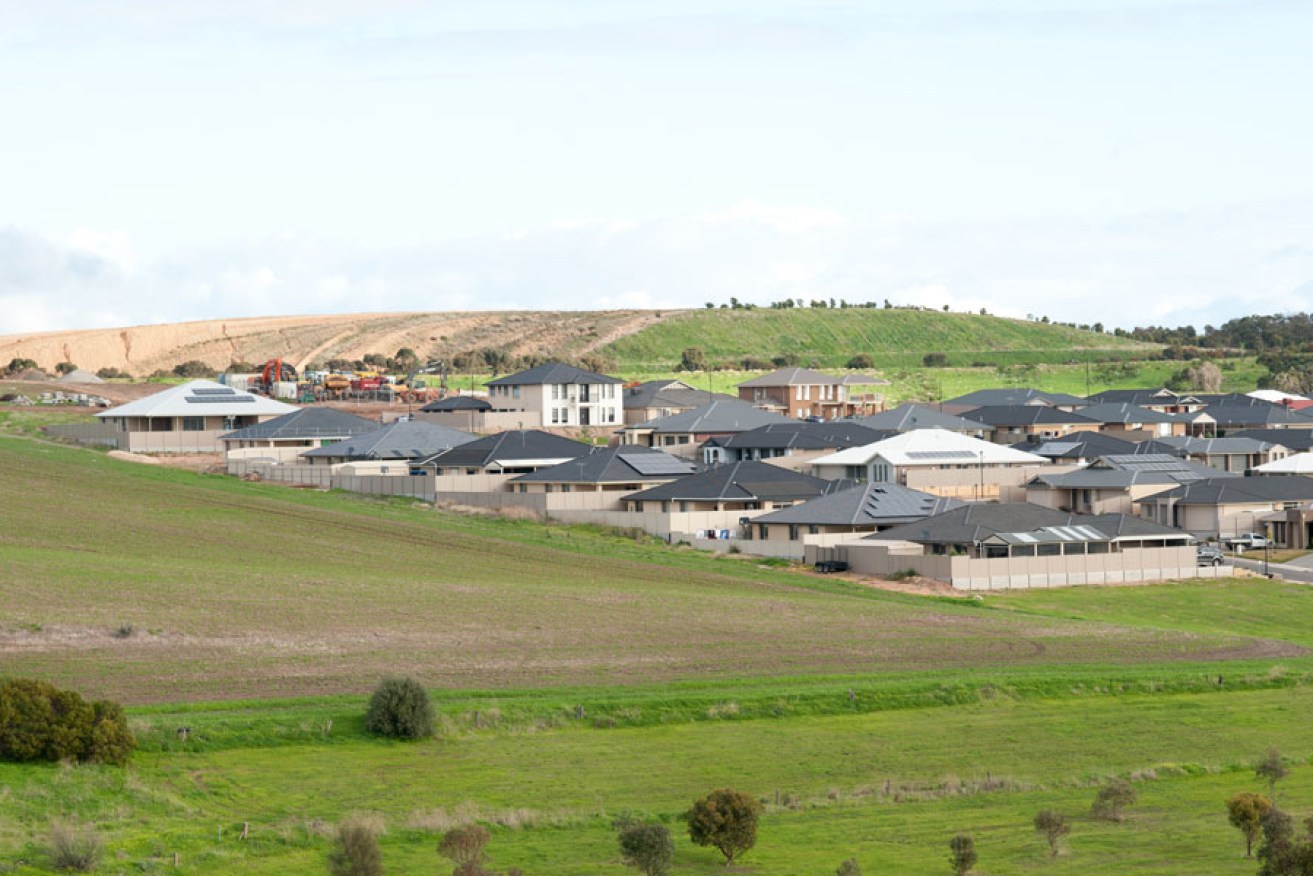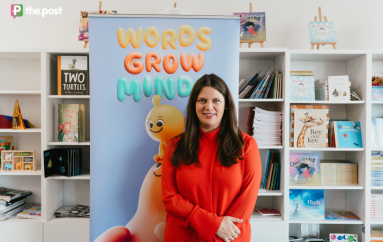The myth of the first home buyer crisis

New homes in Adelaide's south. Photo: Nat Rogers/InDaily
There’s been a lot of hand wringing in the last year about the lack of housing affordability, especially for first home buyers.
We’re continually hit with headlines about first home buyers being ‘locked-out’ of the market and led to believe the great Australian dream is dead for young people.
The panic seems to have gathered steam since the Global Financial Crisis (GFC) in 2008, where we saw many banks and lending organisations tighten their lending criteria, and in recent months, the hysteria has reached another level.
But in the frenzy of home buyer figures that are thrown out, it’s difficult to work out fact from fiction. A closer look at the statistics for the last five years suggests while market conditions and housing affordability in South Australia haven’t significantly worsened, one major hurdle has emerged.
Housing affordability is steady
While the gap between what people earn and house prices remains sizable, it hasn’t markedly increased over the past five years.
According to State Government housing figures, the median house price in metropolitan Adelaide in December 2008 was $359,000 compared with $392,000 almost five years later in 2013. That represents about a 9% rise in prices over the last five years or less than 2% a year.
In a similar period, according to Australian Bureau of Statistics (ABS) total median incomes in South Australia grew by around 3.5% per year. So the ratio between income growth and house price growth in South Australia has remained relatively steady.
Interest rates have dropped
ABS figures show the average loan size for South Australian first home buyers in September 2013 was $236,000, compared with $201,000 five years ago in January 2008, prior to the GFC.
At that time, the standard variable interest rate was around 8.7%, compared with a standard variable interest rate of 6% now.
Based on these figures, in 2008 a first home buyer with a 30 year loan term would have been making repayments of about $1560 per month, compared with repayments in 2013 of $1475 per month. This obviously won’t be the case when interest rates begin to rise again, a factor that many home buyers must take into account.
Home buying activity is unchanged
According to ABS statistics, in the last five years, the average number of first homes purchased sits at around 608 per month and the 20 year average at 612 homes per month.
In the 12 months to August 2013, the average number of first home purchases financed in South Australia was 591 per month – not a significant gap and certainly not a downturn.
Grant schemes create peaks and troughs
What we have seen in the last five years are peaks and troughs brought about by government stimulus policies.
For example, in 2009 the average number of first homes financed in South Australia rose sharply to around 1,000 per month due to the First Home Owner’s Grant Scheme. This had the desired effect and boosted home-buying activity, but not surprisingly, loans to first home buyers bottomed out in 2011-12 as the market had been “hollowed out”. Demand has been slowly trending upwards ever since.
While incentives may create peaks and troughs, they do help address the deposit gap issue.
Location, location
There has always been a gap between what you would like and what you can afford.
There’s no doubt that first home buyers are finding it harder to enter the competitive inner-city and leafy suburb market where properties are more expensive. But areas like The City of Playford in Adelaide’s north are outperforming greater Adelaide – in fact more than 60% of our HomeStart loans in that region in the last 12 months were to first home buyers.
Regardless, it’s true that the number of suburbs that a homebuyer on an average salary can afford to buy a $300,000 property is limited. That said, on an average salary of approximately $50,000 with a 5% deposit, there are 51 Adelaide suburbs that a HomeStart home buyer could choose from based on the current median price of those suburbs.
Priorities
The other key trend we are seeing as a home lending organisation is the changing demographic of the first home buyer – they are older and earning more than their counterparts 10 years ago.
This is a generation which marries later (if at all) and starts families later so it is not surprising that they want to delay their commitment to another major sign of adulthood – the mortgage.
Deposit remains the major hurdle
The one major change in the housing landscape from pre- to post-GFC has been the upfront costs required to purchase a home.
Prior to the GFC in 2008, borrowers could obtain 100% of the purchase price of a property. Immediately post-GFC, many lenders required at least 20% of the purchase price as a deposit. On a $230,000 loan, that would be $46,000 plus other applicable government and lending fees.
In recent times lenders have relaxed their deposit requirements somewhat, but generally still require a 5% deposit upfront. Coupled with other fees and charges like Lenders Mortgage Insurance, this can amount to around $30,000 on a $230,000 loan. Finding the capacity to save that amount of money on an average income has emerged as a major challenge for home buyers.
Looking at the facts, the perception is quite different to the reality. Houses are almost as affordable and in fact are being purchased by first home buyers at pretty much the same rate as they have been over the last five years.
However, the emerging major issue is the difficulty home buyers are facing meeting the upfront costs required when buying a home. While the evidence on this point is largely anecdotal, for a young person on an average salary, saving anywhere from $20,000 to $50,000 to meet the deposit and fee requirements associated with a home purchase can take many years. Some lenders, such as HomeStart offer low deposit options where home buyers can get into the market with as little as 3% deposit, significantly reducing this burden.
A look at the statistics highlights that first home buyers are still finding their way into the property market in South Australia, but as an industry we should be asking ourselves the question, how many more could we help get a foot in the door if we were able to remove some of the hurdles standing in their way?
John Oliver is the Chief Executive Officer of HomeStart Finance.




